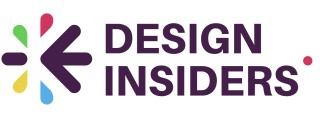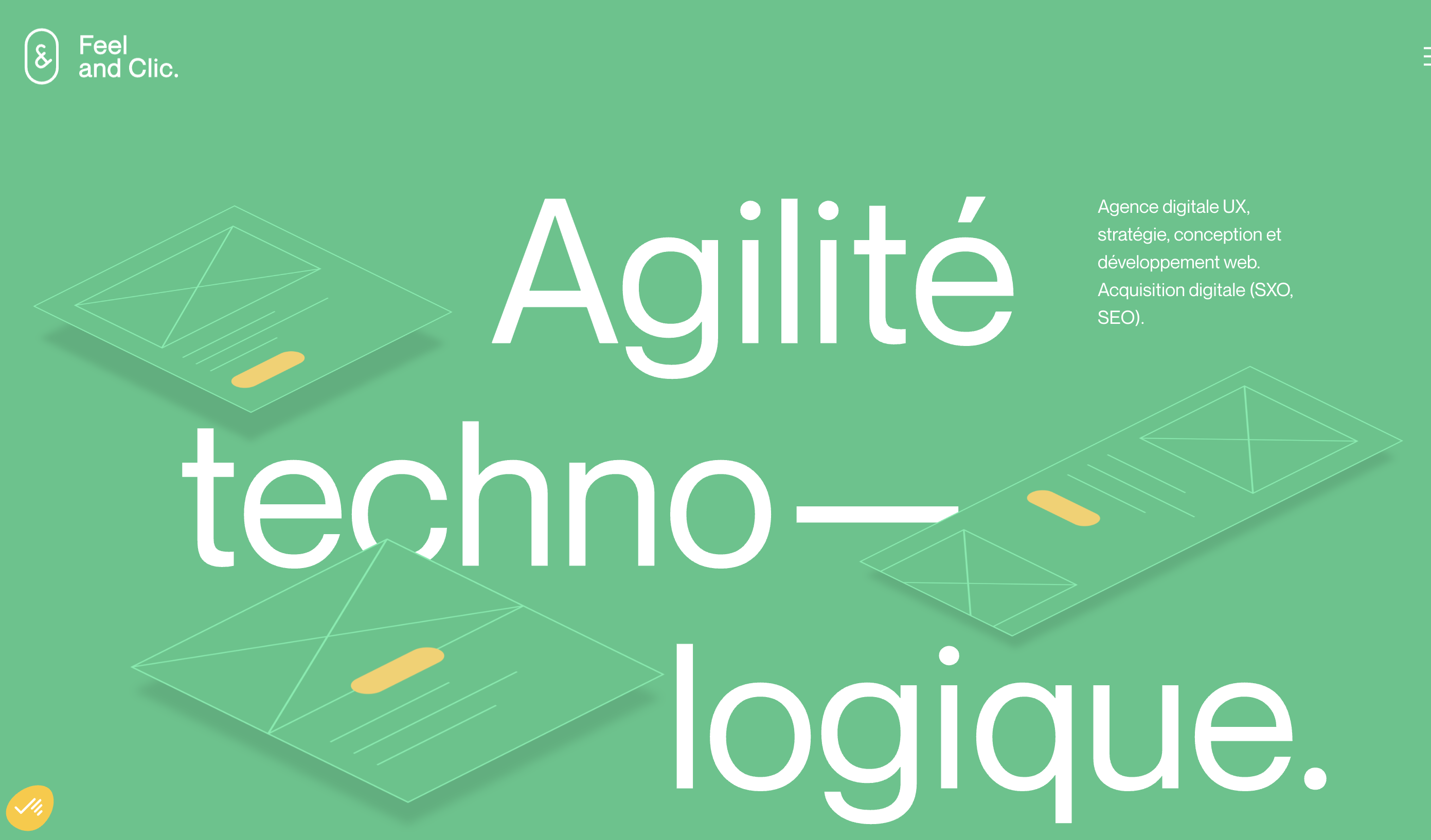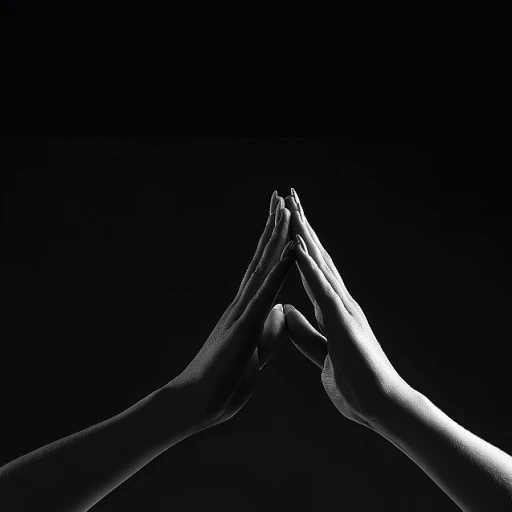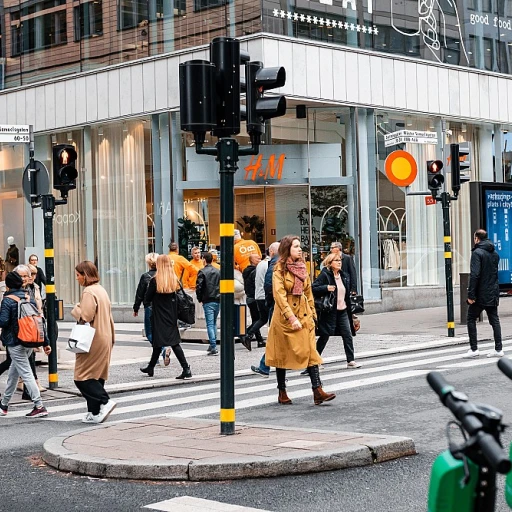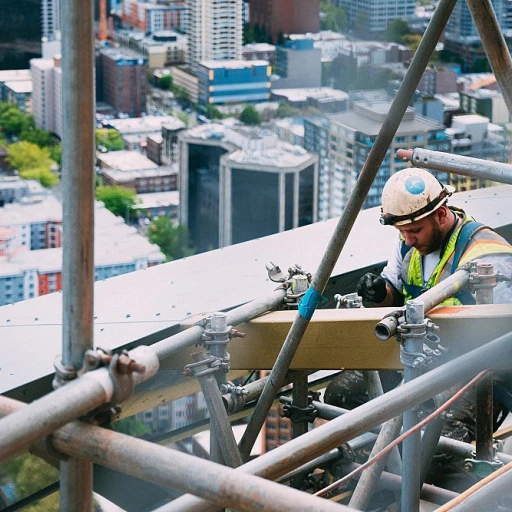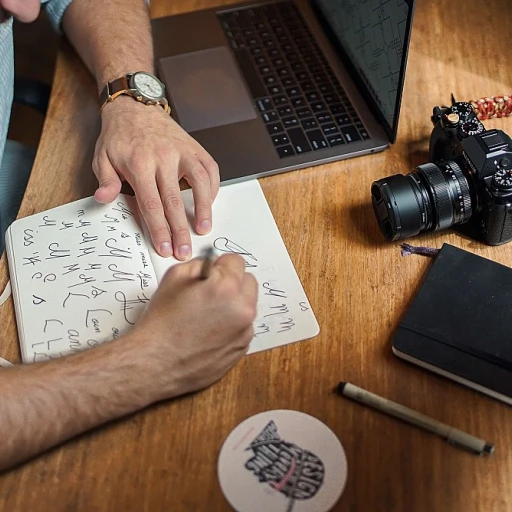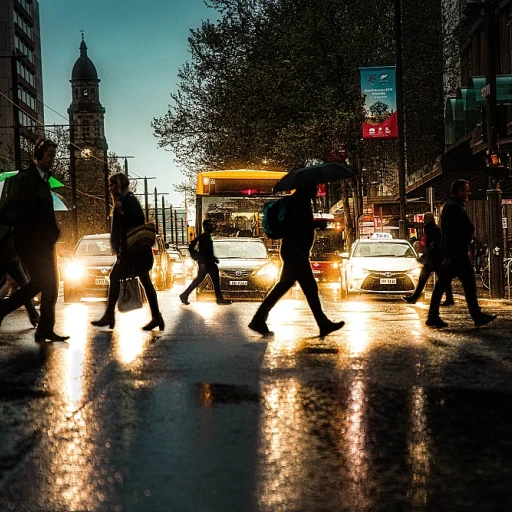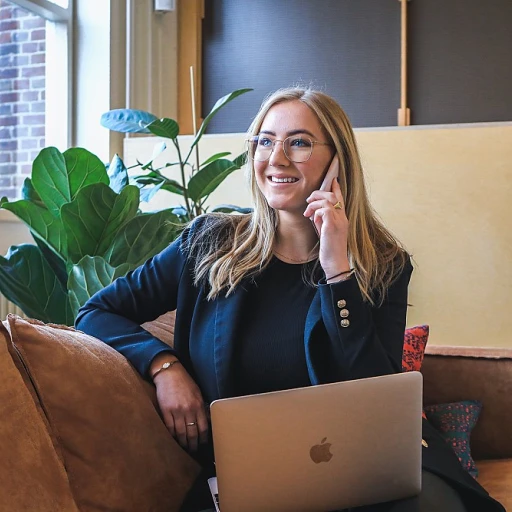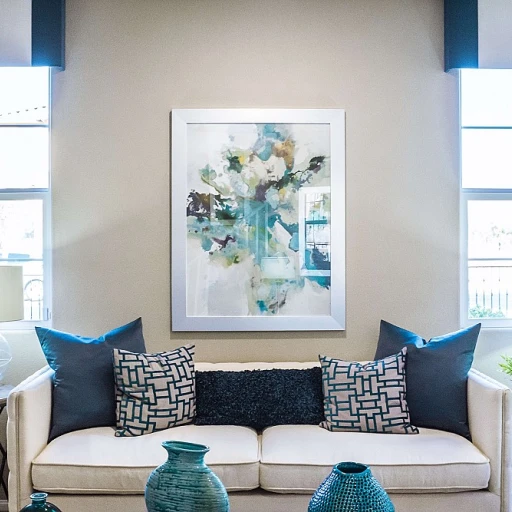
The Intersection of Art and Technology
The Confluence of Artistry and Innovation
The realm where art meets technology is a dynamic ecosystem, teeming with potential. Creative tech design stands as a testament to how these varied domains can coalesce to produce extraordinary results. Whether it's building interactive installations or designing intuitive digital interfaces, the application of artistic principles is paramount to achieving compelling outcomes in technology.
Historically, art and design have influenced technological advancements, leading to innovations that captivate and engage. By incorporating elements such as balance, contrast, and harmony, designers not only enhance functionality but also create emotional resonance in technological products. This synergy is evident in sectors ranging from fashion tech to digital storytelling, as they fuse creativity with technical execution.
As technology continues to evolve, it's crucial for design leaders to embrace new methodologies that foster this interdisciplinary collaboration. The incorporation of artificial intelligence, for instance, offers a transformative avenue for enhancing the creative process. This not only enriches the design journey but also pushes boundaries, fueling novel ideas and solutions.
To remain at the forefront of innovation, it's imperative to not only understand but actively engage with these intersecting paradigms. By doing so, designers empower themselves to craft experiences that are both technologically advanced and artistically enriched, leading to a future where creativity is seamlessly interwoven with the digital fabric of our world.
Innovative Design Thinking
Exploring the Creative Process
In the fusion of creativity and technology, innovative design thinking emerges as a catalyst for visionary results. Engineering the familiar principles of traditional design thinking with modern technological insights empowers designers to create more impactful and intuitive products.Understanding User Experience
An effective design process begins with an enriched understanding of the user experience. Integrating user empathy and iterative testing ensures that designs are not only visually appealing but also functionally effective. This approach helps address real-world problems by embedding solutions into technology-driven design.Embracing Flexibility
Adopting a flexible approach in the design process allows for incorporating unpredictable elements and responding to challenges dynamically. This flexibility encourages creativity, fostering an environment where unconventional ideas can thrive and lead to groundbreaking concepts. Incorporating elements of AI into design thinking has proven particularly revolutionary. For more nuances on how this integration can enhance creativity in the digital age, consider exploring this mystery of contextual bandits in design. Through refining both processes and frameworks, innovative design thinking transforms raw creativity into tangible innovations, pushing the boundaries of what technology can achieve.Challenges in Creative Tech Design
Overcoming the Obstacles in Tech Creativity
Navigating the realm of creative technology poses its own set of unique challenges. These obstacles can often arise due to the rapid evolution of technology and the complex intersection between artistic creativity and technical prowess. Understanding and addressing these challenges is crucial for design leaders aiming to push the boundaries of what’s possible.
One significant challenge is the constant necessity to stay updated with cutting-edge technological advancements. This requires a commitment to continuous learning and adaptability. Designers must bridge their artistic instincts with ever-evolving tech landscapes to create innovative solutions. According to interactive prototyping, engaging in hands-on experimentation and iterative processes not only refines creativity but also enhances practical skills.
Another hurdle is the integration of user feedback during the design process. Merging creative visions with user-centric designs demands empathy and a keen understanding of the audience's needs and expectations. Balancing these can align creative ambitions with technical feasibility and market demand.
Collaboration between diverse teams also presents its own set of challenges. Bringing together people from disciplines such as programming, visual artistry, and user-experience design requires not only effective communication skills but also a shared vision. Ensuring that everyone is on the same page fosters an environment where creativity can thrive alongside technology.
Case Studies of Creative Tech Solutions
Real-World Examples of Design and Technology Synergy
Exploring real-world examples offers a profound understanding of how creativity and technology can harmoniously coexist in the design realm. Let's delve into some intriguing case studies that reveal the potential and challenges of this dynamic relationship.- Wearable Technology: The rise of wearable devices illustrates a seamless blend of aesthetic appeal and technological ingenuity. These gadgets, like smartwatches and fitness trackers, marry fashion with function, pushing designers to contemplate not just the technology but its widespread user appeal.
- Augmented Reality (AR) in Retail: AR has transformed how consumers experience products before purchasing. Retailers have harnessed AR's potential to allow customers to visualize products in their environment, enhancing engagement and increasing conversion rates.
- Smart Home Ecosystems: As smart home technologies evolve, the role of design becomes pivotal. Creating intuitive interfaces and ensuring user-friendly interactions while addressing security concerns are at the forefront of design challenges in this tech domain.
- Interactive Installations in Public Spaces: Cities are leveraging technology to breathe new life into public art. Interactive installations engage communities while showcasing the confluence of digital design and urban life.
Tools and Techniques for Creative Tech Design
Empowering Designers with Cutting-Edge Tools
Designing in the realm of technology demands comprehensive tools and techniques that drive creativity and innovation. The integration of technology into design calls for a suite of modern tools that empower designers to harness their creative potential. Here's a look at some of the most impactful tools and techniques available to creative tech designers today:- 3D Modeling Software: Platforms like Blender and SketchUp have transformed the way designers visualize their concepts. These tools allow for intricate detailing and the development of realistic prototypes, which are essential in bringing complex ideas to life.
- Rapid Prototyping: Utilizing tools like Figma and Adobe XD helps in creating interactive prototypes quickly. This process allows for real-time feedback from stakeholders and users, facilitating iterative design improvements without extensive delays.
- Augmented Reality (AR) Design: AR design tools are fast becoming indispensable, offering innovative ways to merge the digital with the physical world. Tools such as ARKit and Vuforia empower designers to create immersive experiences that engage users in new dimensions.
- Generative Design Tools: Leveraging AI and algorithms, tools like Autodesk's Generative Design enable designers to explore a vast array of design options, optimizing for various parameters such as cost, materials, and aesthetics, guiding innovative design thinking.
- Creative Coding Platforms: Processing and p5.js are powerful platforms that encourage experimental design by combining programming with art. This flexibility allows designers to create interactive visuals and unique user experiences that push the boundaries of traditional designs.
Future Trends in Creative Technology
Embracing the Future of Creative Technology
As we look towards the future, the fusion of creativity and technology continues to evolve at a rapid pace. This evolution is not just about new tools or gadgets; it's about how we integrate creativity into every aspect of technological development. Here are some key trends that are shaping the future of creative technology:
- Artificial Intelligence in Design: The role of intelligence artificielle is expanding, offering designers new ways to enhance creativity. AI can assist in generating content, optimizing design processes, and even predicting trends, making it an invaluable tool in the creative tech landscape.
- Immersive Experiences: With advancements in virtual and augmented reality, designers are now able to create more immersive experiences. These technologies allow users to interact with products and services in ways that were previously unimaginable, pushing the boundaries of creativity.
- Sustainable Design Practices: As environmental concerns grow, there is a significant push towards sustainable design. This involves using technology to create eco-friendly products and processes, ensuring that creativity does not come at the expense of the planet.
- Integration of Media and Technology: The convergence of media and technology is opening new avenues for creative expression. This integration allows for more dynamic and interactive content, enhancing user engagement and experience.
- Collaboration Across Disciplines: The future of creative technology lies in collaboration. By bringing together experts from various fields, we can foster innovation and create solutions that are both functional and aesthetically pleasing.
As these trends continue to develop, it's crucial for designers to stay informed and adaptable. By embracing these changes, we can ensure that creativity remains at the forefront of technological advancement, leading to innovative solutions that benefit both businesses and consumers alike.
